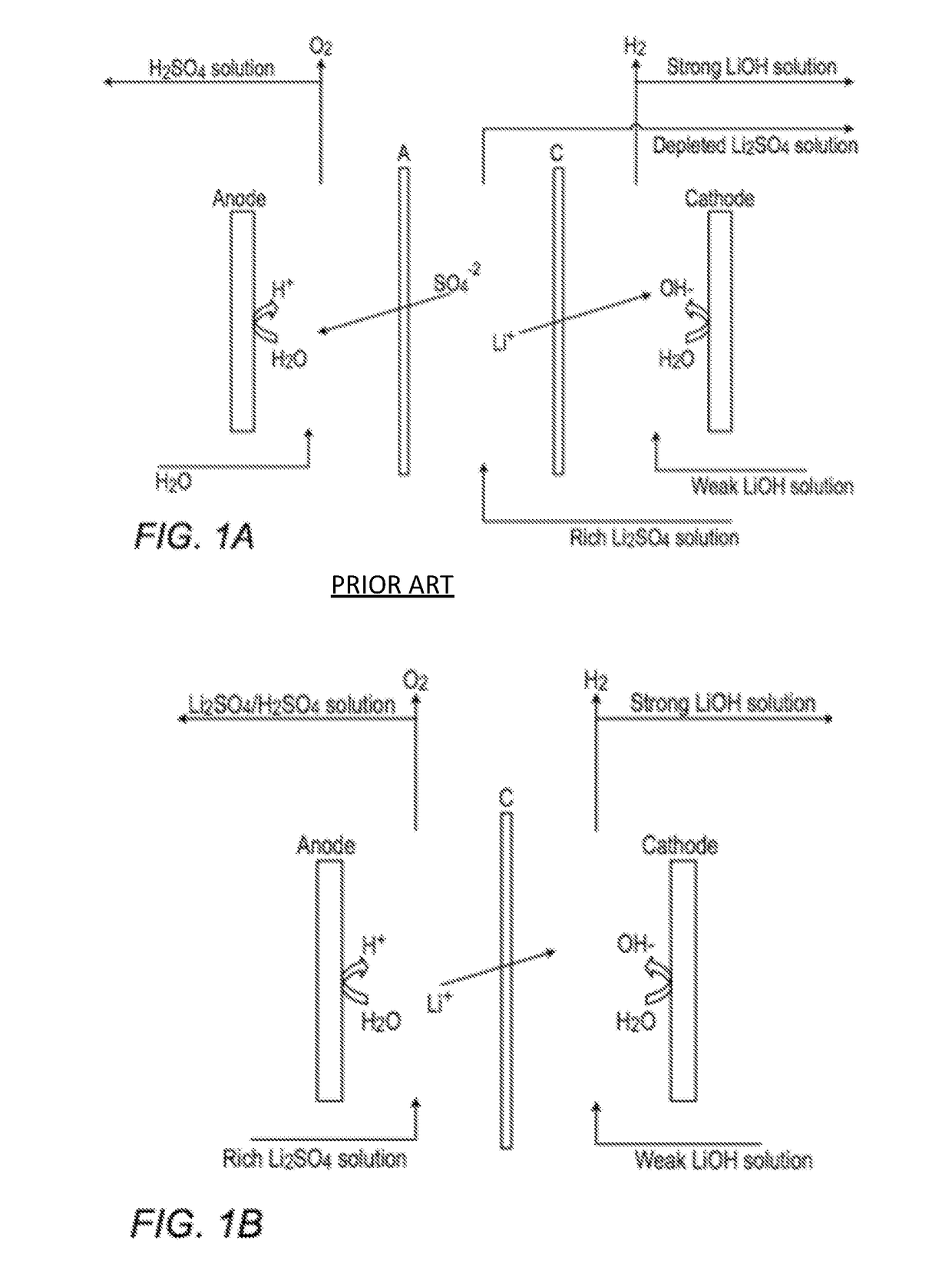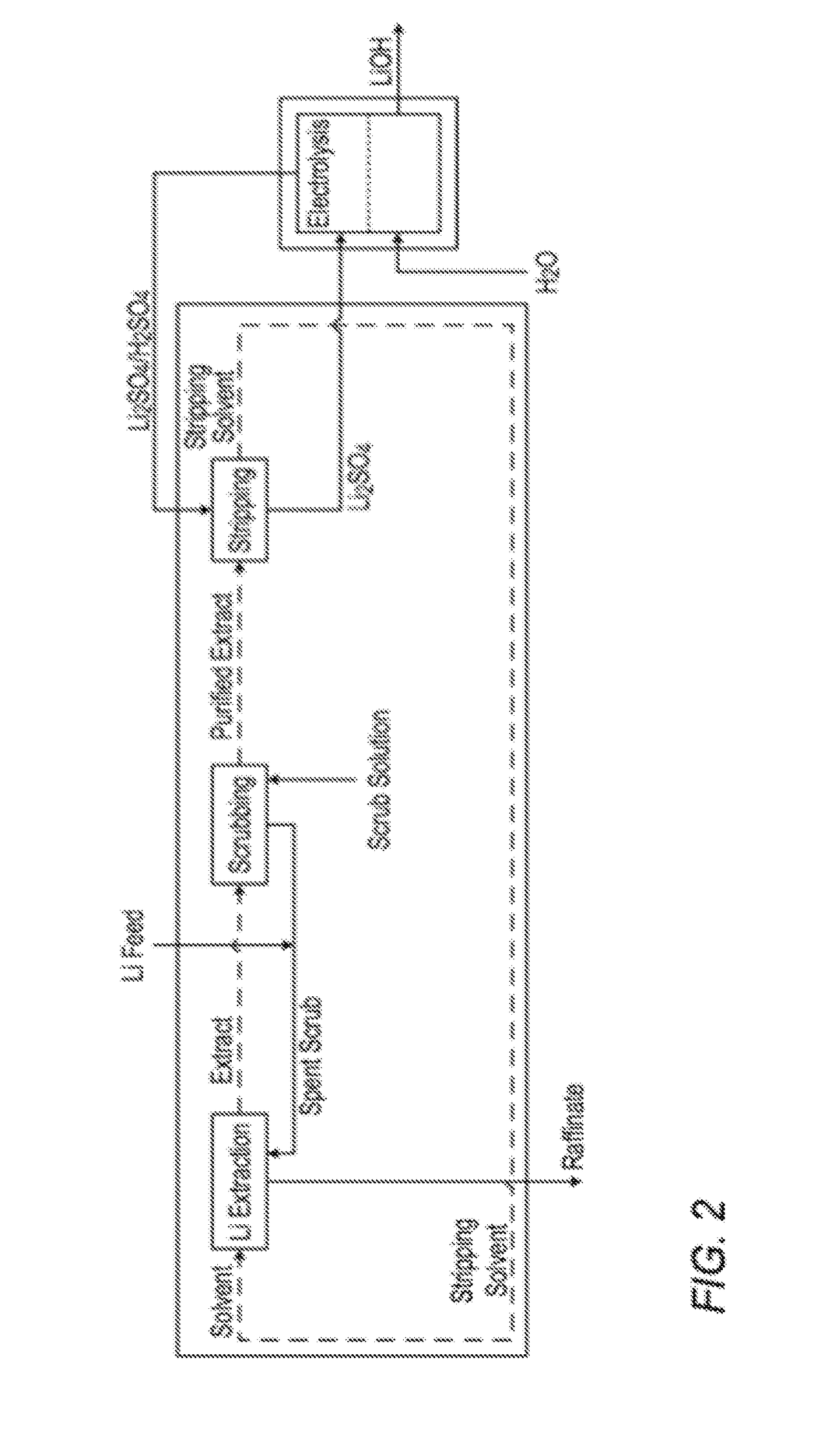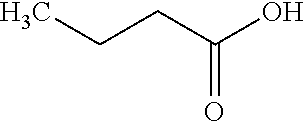Integrated lithium production process
a lithium salt and production process technology, applied in the direction of electrolysis process, process efficiency improvement, electrolysis components, etc., can solve the problems of insufficient cation with respect to anions, disadvantageous production of chlorine hydrochloric acid at relatively low concentrations, etc., and achieve the effect of higher reduction potential
- Summary
- Abstract
- Description
- Claims
- Application Information
AI Technical Summary
Benefits of technology
Problems solved by technology
Method used
Image
Examples
Embodiment Construction
[0066]The principles and operation of the processes according to the present invention may be better understood with reference to the drawings and the accompanying description.
[0067]Before explaining at least one embodiment of the invention in detail, it is to be understood that the invention is not limited in its application to the details of construction and the arrangement of the components set forth in the following description or illustrated in the drawings. The invention is capable of other embodiments or of being practiced or carried out in various ways. Also, it is to be understood that the phraseology and terminology employed herein is for the purpose of description and should not be regarded as limiting.
[0068]The inventors have discovered that two-compartment electrolysis, though techno-economically unfeasible as a separate process, may be symbiotically integrated with a lithium cation extraction and stripping train, with a mixed Li+ / H+ electrolysis effluent stream being r...
PUM
| Property | Measurement | Unit |
|---|---|---|
| operating temperature | aaaaa | aaaaa |
| temperature | aaaaa | aaaaa |
| temperature | aaaaa | aaaaa |
Abstract
Description
Claims
Application Information
 Login to View More
Login to View More - R&D
- Intellectual Property
- Life Sciences
- Materials
- Tech Scout
- Unparalleled Data Quality
- Higher Quality Content
- 60% Fewer Hallucinations
Browse by: Latest US Patents, China's latest patents, Technical Efficacy Thesaurus, Application Domain, Technology Topic, Popular Technical Reports.
© 2025 PatSnap. All rights reserved.Legal|Privacy policy|Modern Slavery Act Transparency Statement|Sitemap|About US| Contact US: help@patsnap.com



